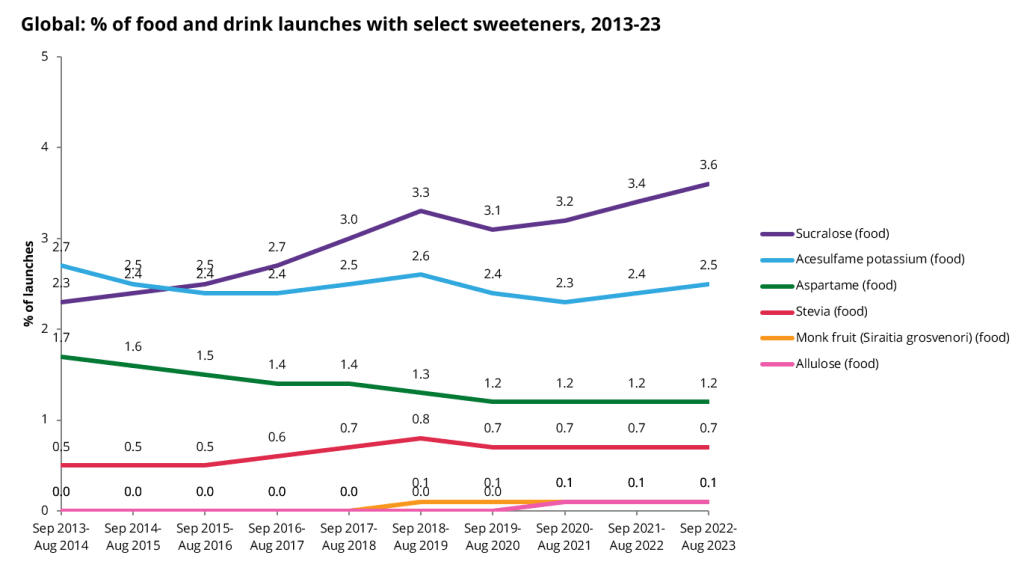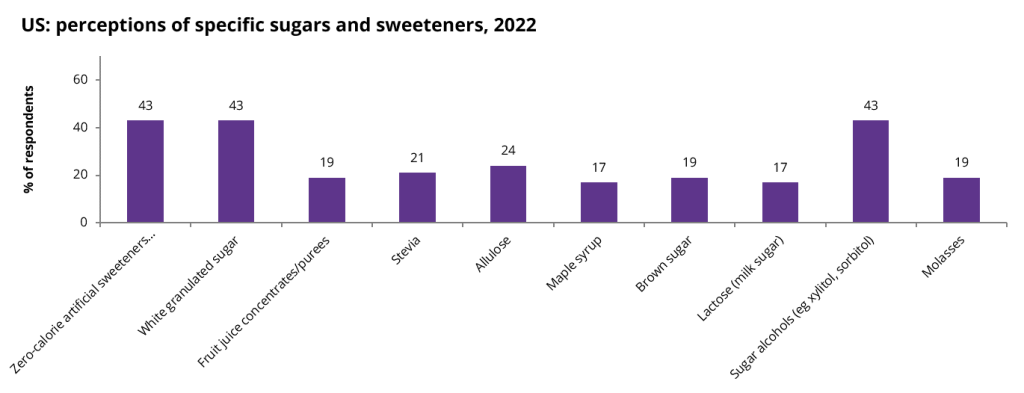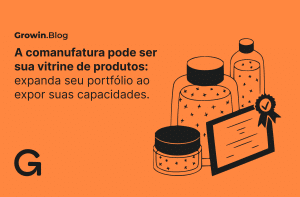Today, a once-heroic ingredient, sugar, has emerged as a health villain, lurking in numerous foods, beverages, and even medications. Driven by scientific research and industry innovations, dietary norms have been consistently evolving.
In the post-World War II era of the 1950s, eating well simply meant eating plenty. However, by the 1970s, the concept of poor eating habits began to take root. Obesity was redefined as a disease, and the industry started seeking alternatives to sugar. The wave of diet and light products gradually discouraged sugar consumption, resulting in a seismic shift in consumer habits.
While alternatives to sugar had existed for some time, they remained largely on the fringes due to a lack of concern regarding their impact on health. The three primary sugar substitutes were, rather serendipitously, discovered:
Saccharin, first uncovered in 1879 by the Russian laboratory assistant Constantin Fahlberg. He stumbled upon this substance, which, by accident, came into contact with his hand. Upon tasting it, Fahlberg discovered its intensely sweet flavor. Saccharin was only introduced in 1897 under its name and proved to be 200 times sweeter than sucrose (common sugar).
In 1937, a chemistry student, Michael Sveda, working with compounds known as sulfamates in a lab, stumbled upon their surprisingly sweet taste. This led to the creation of sodium cyclamate, commercially launched in 1940 as Cyclamate, and it was approximately 30 times sweeter than sucrose.
Perhaps the most famous artificial sweetener of all, Aspartame, was discovered by chemists at G.D. Searle & Company by sheer chance while synthesizing a tetrapeptide. Launched for consumption in 1965, it revolutionized the consumption of sweeteners. Aspartame is still widely used today and is approximately 180 times sweeter than common sugar.
The relationship between health and diet has undergone profound changes over the last 50 years. Today, we recognize that soaring rates of obesity and diabetes are closely tied to excessive sugar consumption. But is simply substituting sugar with an alternative a healthy choice?
Advancements in research on the impact of what we consume have shifted perceptions of sweeteners. Since the 1990s, studies have linked aspartame consumption to diseases such as Alzheimer’s. This year, the World Health Organization (WHO) classified the substance as a “possible” carcinogen, while maintaining that its consumption is safe as long as a daily limit is respected. More informed about their buying decisions, consumers increasingly seek products that cater to their well-being desires.
Identifying these consumer demands is crucial for the industry. What was once a mere trend has now become a standard. Constantly striving to find alternatives that meet consumer expectations without hindering production processes is essential. According to a market analysis by Mintel, consumer perception of artificial sweeteners presents numerous opportunities for products with natural sweeteners like honey, monk fruit, and stevia. The research also identified a strong trend in the use of sweet proteins. Precision fermentation technologies continue to advance, making the use of these ingredients, traditionally hard to obtain, more feasible.
Launches with aspartame are declining while natural sweeteners are growing

Consumers often associate alternative sweeteners with an undesirable aftertaste and concerns about their impact on health. This negative consumer perception of aspartame is poised to propel brands toward the exploration of natural sweeteners as a viable alternative. Brands can emphasize the inherent advantages of natural sweeteners, including their superior taste, health benefits, and natural origins.
The negative perception of artificial sweeteners can create opportunities for natural sweeteners

In the ever-evolving landscape of dietary preferences, the journey from sugar’s heroic past to its current role as a health concern reflects the dynamic relationship between science, industry, and consumer behavior. As we navigate the trends of nutritional awareness, it is essential to question not only the alternatives we choose but also the evolving scientific insights that guide our dietary decisions.
The quest for healthier dietary choices is an ongoing process, and consumer preferences continue to shape the landscape of sweeteners in the market. With a spotlight on natural sweeteners and a growing awareness of health implications, the sweetener industry is at a pivotal juncture, poised to adapt to evolving consumer demands while staying attuned to the intricate dance between health, taste, and innovation.
Source: Mintel and SBPC (Brazilian Society for the Science Progress)




